I. Overview of EMT Scraper Passage Indicator
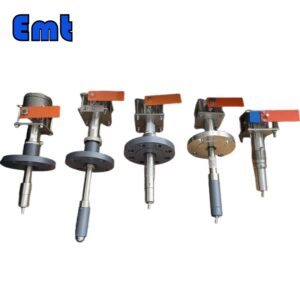
Introduction to the Technology and Purpose
The EMT Scraper Passage Indicator represents a leap forward in pipeline maintenance technology. At its core, this device is engineered to provide real-time, accurate monitoring of pig passages within pipelines. Its primary role is to ensure operational continuity and to prevent any downtime caused by the uncertainty of pig location and movement. Furthermore, with its advanced triggering mechanism, it allows for seamless integration into existing pipeline systems. It enhancing their efficiency and safety.
Description of Display Types and Their Functions
Transitioning to the specifics, the EMT Scraper Passage Indicator encompasses four distinct display options, each crafted to cater to diverse monitoring needs:
The B Display stands out as the fundamental indicator, with an indication flag that pivots from a horizontal to a vertical position upon the pig’s transit. This visual cue is straightforward yet effective for quick manual checks.
The C Display takes it a notch higher by integrating a mechanical response. It not only shifts the indication flag but also engages an SPDT or DPDT switch. This action is maintained, providing a lasting signal until manually or automatically reset.
The D Display is the digital savant of the group, initiating a digital timer that captures and stores the exact moment of pig detection. Coupled with the switch activation similar to the C Display, it adds a layer of time-sensitive precision to the operation.
The CD Display is the hybrid, combining the mechanical alertness of the C Display with the time-recording prowess of the D Display. It boasts a trigger mechanism that resets after the pig’s passage, ensuring the system is ready for the next cycle without manual intervention.
Explanation of Mounting Configurations
Finally, as we delve into the mounting configurations, the EMT Scraper Passage Indicator demonstrates versatility. The model ending in REUV is designed for scenarios where the upper ball valve is preferred, typically above the foundation. Conversely, models ending in REDV are tailored for situations necessitating a lower ball valve installation, below the foundation level. This thoughtful consideration of installation nuances underscores the device’s adaptability to varied industrial setups.
In summary, the EMT Scraper Passage Indicator is not just a tool but a comprehensive solution, accommodating the nuanced demands of pipeline monitoring with precision and adaptability.
II. Installation Process
Preparation of the Pipeline
Before the physical installation begins, it’s paramount to prepare the pipeline to ensure a seamless match with the EMT Scraper Passage Indicator. This preparation phase involves verifying that the flange adheres to standardized specifications. Whether you’re aligning with the tried-and-true ANSI B 16.5 standard or a custom-tailored flange design, compliance is key to a successful installation.
Moreover, attention to detail is crucial when it comes to the spatial aspect of the setup. There needs to be a clearance of 150mm—or a custom distance that fits the specific requirements between the top face of the flange and the pipe’s internal wall. This gap is essential for the correct functioning of the indicator once installed.
Assembly Instructions
As we transition to assembly, the process begins with the placement of the sealing gasket. This component is critical for achieving an airtight seal and must be compatible with the flange type; for an RF flange, a 3.2mm gasket is standard. Ensuring the gasket is correctly positioned will set the stage for the optimal performance of the indicator.
Next, with a careful hand, the trigger end of the indicator is to be inserted into the pipeline. This step is pivotal as the trigger is the heart of the device’s detection capability. Once the trigger is in place, the flange can be attached. This is done by aligning it with the pipeline interface and securing it firmly with bolts. Thus marrying the indicator to the pipeline.
Display Orientation Adjustment
Now, let’s focus on the fine-tuning of the display orientation—an aspect that might seem small but is significant for readability and usability.
For the B, C, and CD displays, the adjustment is straightforward. Begin by slightly loosening the four nuts located under the square flange of the display. Then, with a gentle yet deliberate motion, rotate the display clockwise to your desired position. Once satisfied with the alignment, the nuts must be retightened to lock the display in place.
The D display, with its digital sophistication, requires a different approach. Here, you’ll need to unscrew the knurled nut that sits under the display. This allows you to adjust the display to the correct orientation. After making the adjustment, re-secure the knurled nut to ensure the display remains fixed in the chosen position.
Throughout the installation process, it’s essential to proceed with both precision and a gentle touch. These steps have been meticulously crafted to ensure that once installed. The EMT Scraper Passage Indicator functions flawlessly, becoming an integral part of your pipeline infrastructure.
III. Maintenance and Servicing
Identifying Seal Damage and Leakage
Regular maintenance is a cornerstone in the longevity of any mechanical system, and the EMT Scraper Passage Indicator is no exception. The first step in the upkeep of this device is to keep a vigilant eye out for any signs of seal damage or leakage. Such issues can compromise the integrity of the system, leading to operational inefficiencies or even downtime. If you notice any moisture or residue that suggests a leak, it’s a telltale sign that the seals may require attention.
Replacement Instructions for External Seals
Should you encounter a compromised external seal, swift action is required to restore the system to its full capability. Replacing an external seal is a straightforward procedure that can typically be performed in the field. First, ensure that the system is depressurized, following safety protocols to protect both personnel and equipment. Once safe, you can remove the damaged seal and replace it with a new one, ensuring it’s seated properly to re-establish a robust seal.
Manufacturer Servicing for Internal Seals
Conversely, internal seals present a more complex challenge and are not typically a candidate for on-site servicing. For these components, it’s best to turn to the professionals. Reach out to the manufacturer for servicing, as they possess the specialized tools and expertise to repair or replace internal seals without compromising the functionality of the indicator.
Pressure Release for Non-retrievable Pig Detector Removal
In the event that a non-retrievable pig detector needs to be removed, it is crucial to properly release any pressure within the pipeline to maintain a safe work environment. The process must be executed with precision and care, ensuring that all pressure is relieved before any attempt is made to disassemble the detector from the pipeline.
Special Tools for Retrievable Pig Detector Core Removal
Specialized tools are required when dealing with the core removal of a retrievable pig detector. These tools are designed to facilitate the procedure while the system is under pressure, ensuring that maintenance can be carried out without the need for a full system shutdown—a significant advantage in maintaining operational continuity.
Specifics for SN2-TQZ-x-REDV Under Pressure
When addressing maintenance for the SN2-TQZ-x-REDV model under pressure, a specialized set of steps and tools are involved. These include the use of a long bolt and standard nut, along with a common spanner. Following the detailed documentation provided is critical to ensure that the procedure is carried out safely and effectively.
Specifics for SN2-TQZ-x-REUV Under Pressure
Similarly, the SN2-TQZ-x-REUV model requires its own set of tools and procedures for maintenance under pressure. Adhering to the specific guidance for this model ensures that the internal components can be accessed and serviced without compromising the system’s integrity or the safety of the maintenance staff.
In conclusion, maintaining the EMT Scraper Passage Indicator is a process that blends vigilance with precision. By following these guidelines and embracing a proactive approach to servicing and maintenance. Then you will ensure the reliability and longevity of this indispensable pipeline monitoring tool.
Ⅳ.Summery
In the end, the EMT Scraper Passage Indicator is an essential tool for the real-time monitoring and detection of pig passages within pipelines, ensuring the smooth operation and maintenance of pipeline systems. It offers a range of display types—B, C, D. And CD—each designed to meet specific operational needs with visual and mechanical signals, as well as digital tracking capabilities. With flexible mounting configurations such as REUV and REDV, it accommodates various installation scenarios.
The installation process is meticulously outlined, emphasizing the importance of proper preparation, precise assembly, and careful orientation of displays. Maintenance and servicing protocols highlight the necessity for regular inspections to identify seal damage, straightforward instructions for replacing external seals, and the need for manufacturer intervention for internal seals. Additionally, the maintenance section covers the safe removal of non-retrievable pig detectors and the use of specialized tools for servicing retrievable models under pressure.
Overall, the EMT Scraper Passage Indicator is a robust and reliable device that. When installed and maintained correctly, becomes a vital component in maintaining the efficiency, safety, and integrity of pipeline operations.


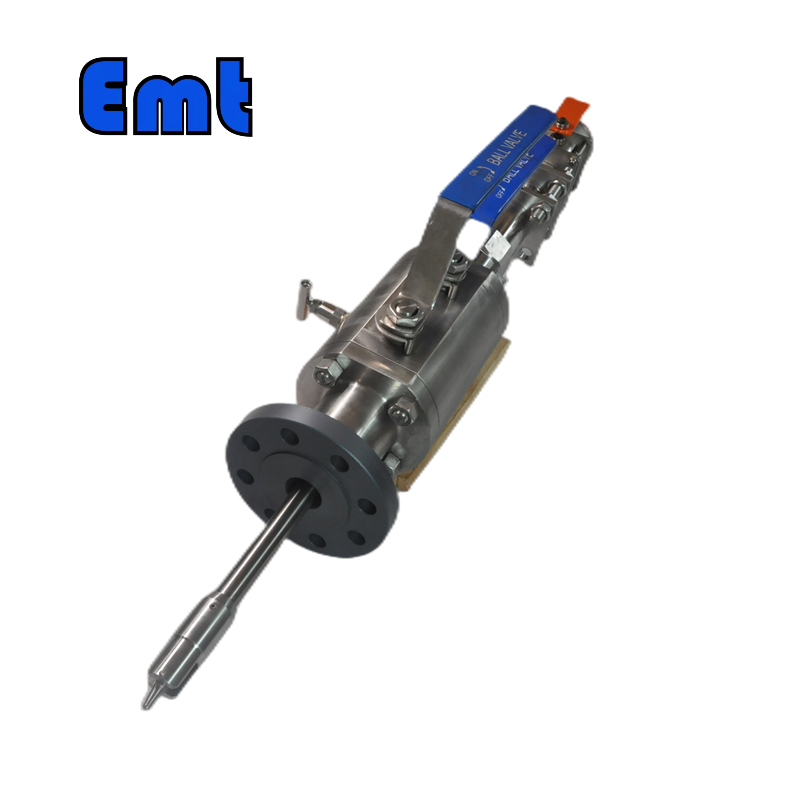
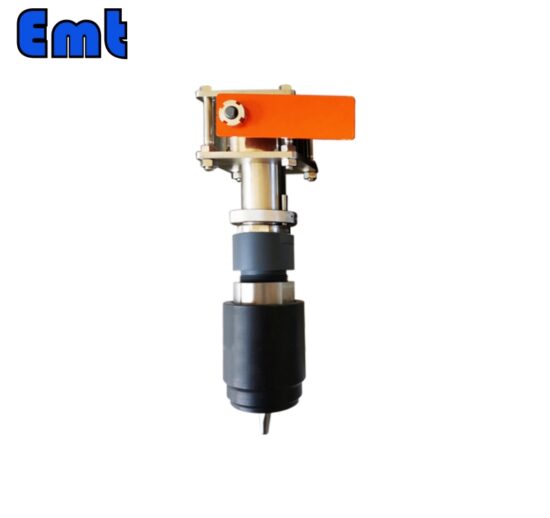
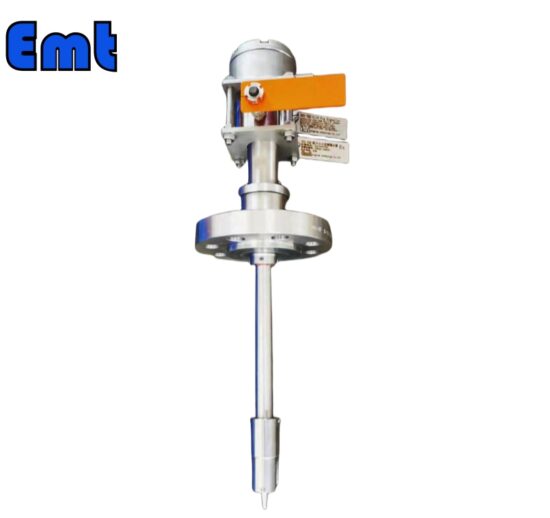
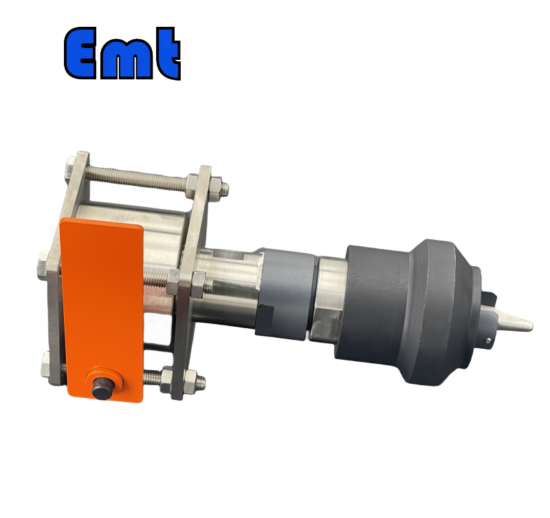
There are no reviews yet.